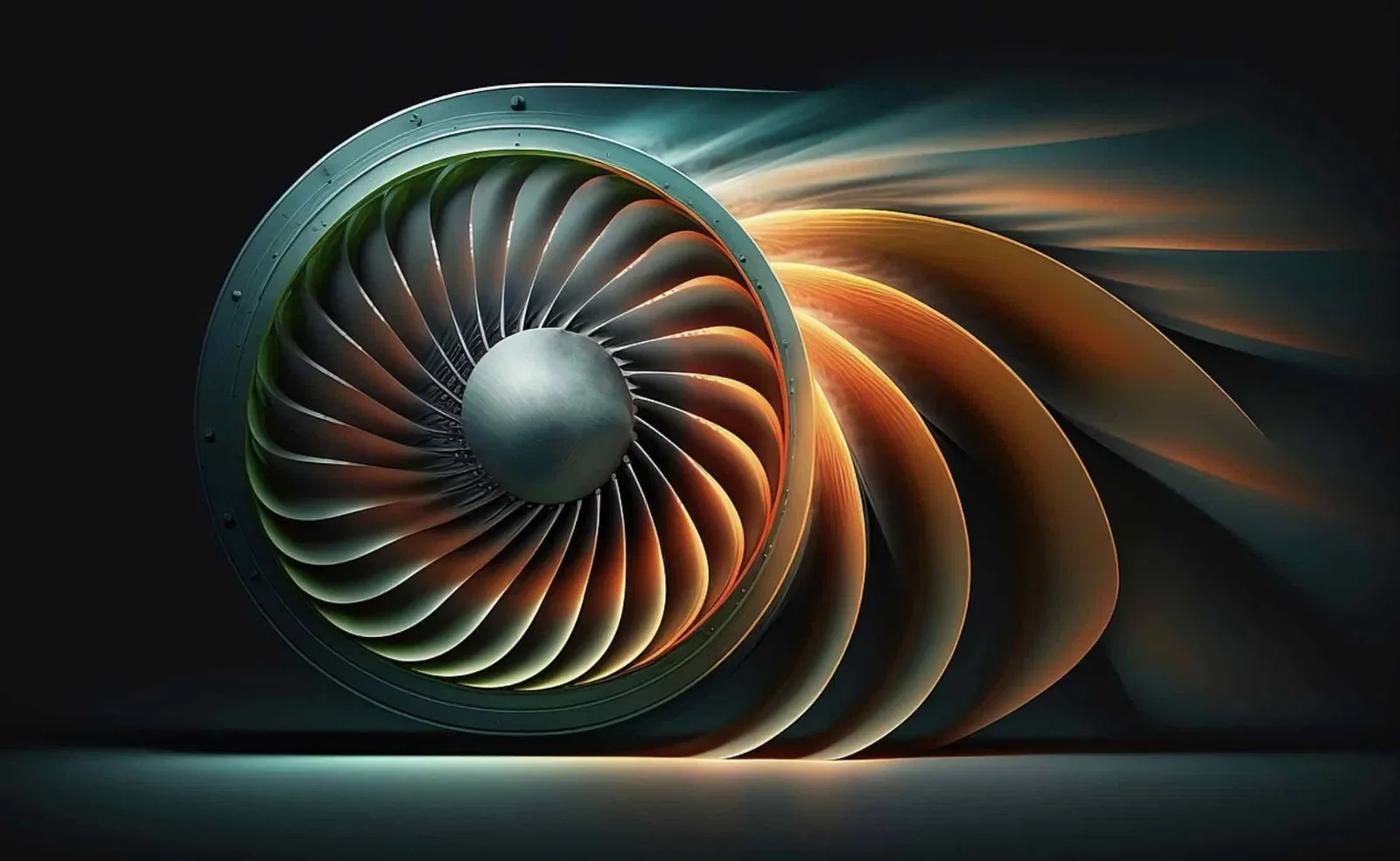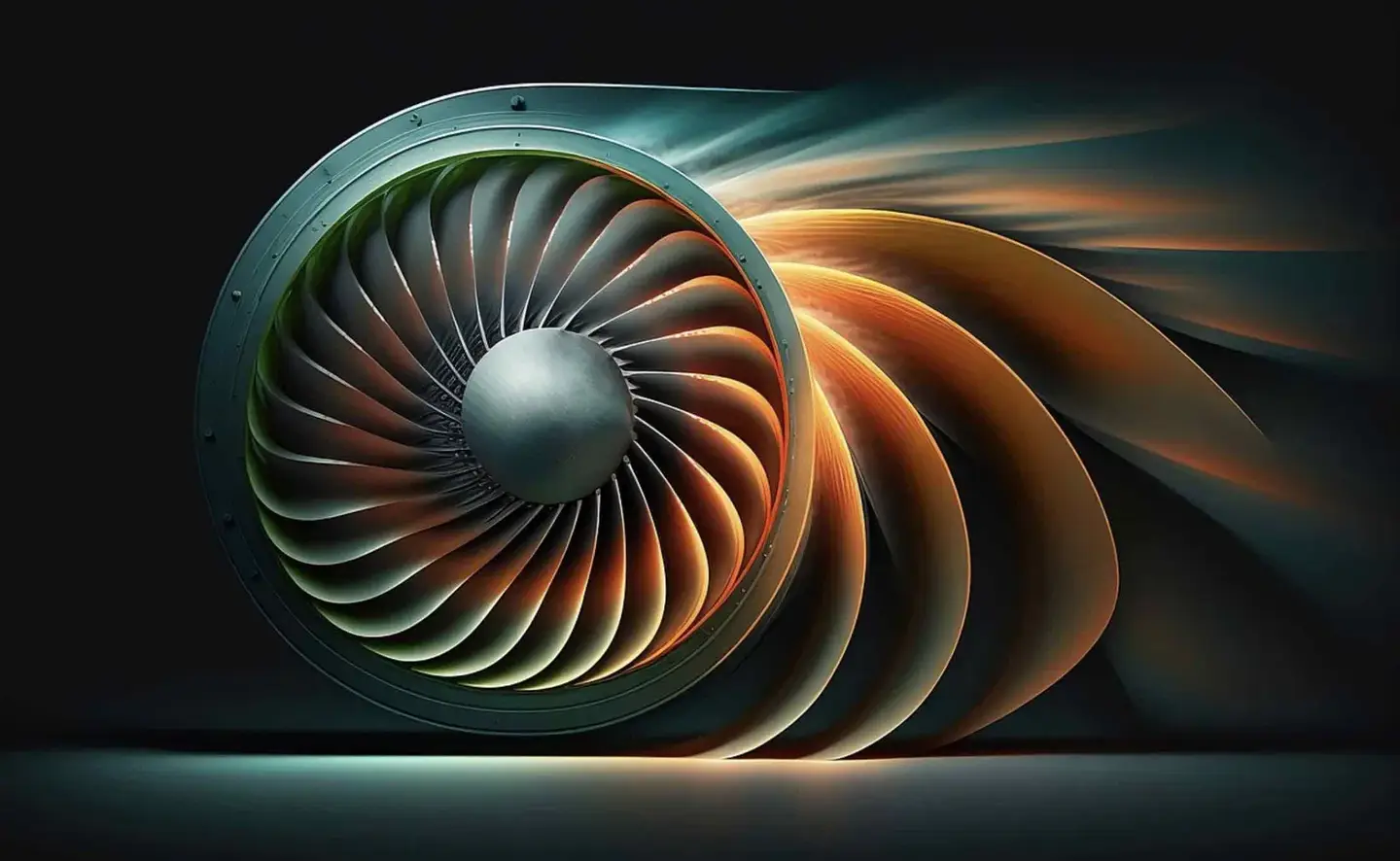Dr. Charles Buhler envisions this newfound force propelling objects into space for the next millennium, heralding a new era in exploration

www.thebrighterside.news
NASA engineer developed a propellant-less rocket that defies conventional laws of physics
Dr. Charles Buhler envisions this newfound force propelling objects into space for the next millennium, heralding a new era in exploration
Published Nov 6, 2024 9:07 AM PST
Their propellantless propulsion drive has demonstrated the capability to counteract Earth’s gravity, defying conventional laws of physics. (CREDIT: CC BY-SA 4.0)
In a recent revelation, Dr. Charles Buhler, a seasoned NASA engineer and co-founder of
Exodus Propulsion Technologies, unveiled a groundbreaking achievement: their propellantless propulsion drive has demonstrated the capability to counteract Earth's gravity, defying conventional laws of physics.
With a wealth of experience from NASA's most iconic missions under his belt, including the
Space Shuttle and the
International Space Station (ISS), Dr. Buhler and his team perceive this discovery as a monumental breakthrough set to redefine the landscape of space travel for centuries to come.
Dr. Buhler emphasized the significance of their finding, stating, "The most important message to convey to the public is that a major discovery occurred."
Dr. Charles Buhler, a seasoned NASA engineer and co-founder of Exodus Propulsion Technologies. (CREDIT: Exodus Propulsion Technologies)
Their innovation, harnessing electric fields to generate sustainable thrust without expelling mass, represents a paradigm shift in
propulsion physics. Buhler envisions this newfound force propelling objects into space for the next millennium, heralding a new era in exploration.
Unveiling their discovery at the
Alternative Propulsion Energy Conference (APEC), Dr. Buhler shared insights into their journey. Despite initial skepticism, their pursuit led them to electrostatics, a field in which Dr. Buhler is an eminent authority.
Collaborating with a diverse team from prestigious institutions and industries, their collective expertise culminated in a breakthrough that defied conventional expectations.
Over a span of decades, the team meticulously conducted experiments, culminating in their propellantless propulsion drive.
Through iterative refinement and rigorous testing, they achieved thrust measurements exceeding previous limits. Notably, their latest iteration exhibited a remarkable feat: generating thrust equivalent to one
Earth gravity, a milestone in their quest.
Detailing their methodology, Dr. Buhler explained the significance of their tests conducted in a custom-made vacuum chamber simulating deep space conditions. These experiments validated their
propulsion drive's efficacy, eliminating alternative explanations and solidifying their patent.
Their innovation, harnessing electric fields to generate sustainable thrust without expelling mass, represents a paradigm shift in propulsion physics. (CREDIT: Exodus Propulsion Technologies)
Despite their pioneering success, Dr. Buhler acknowledged the existence of competing concepts like the
EM Drive and Quantum Drive. While these initiatives showcase potential, Exodus Propulsion Technologies' breakthrough offers a unique perspective.
Dr. Buhler welcomes collaboration with interested parties, offering their expertise to advance propulsion technologies mutually.
Notably, their experiments unveiled intriguing phenomena, including
sustained thrust without continuous electrical input. Such anomalies prompt further inquiry and underscore the complexity of the underlying physics. Seeking funding for space demonstrations, Dr. Buhler envisions expanding their understanding and inspiring scientific exploration.
Reflecting on the broader implications, Dr. Buhler emphasized the role of science in dissecting their discovery's implications.
While their experiments provide empirical evidence, understanding the underlying principles remains a collective endeavor. He remains optimistic that their findings could illuminate profound scientific inquiries, challenging conventional understanding.
Dr. Buhler's revelation marks a pivotal moment in space exploration, unlocking new possibilities for
propulsion technologies.
A few of the hundreds of tests the team ran on their propellantless propulsion drive between 2016 and 2023. (CREDIT: Exodus Propulsion Technologies, Buhler, et al.)
As scientists delve deeper into the mysteries of their discovery, the horizon of human exploration expands, propelled by ingenuity and curiosity.
Note: Materials provided above by the
The Brighter Side of News. Content may be edited for style and length.








